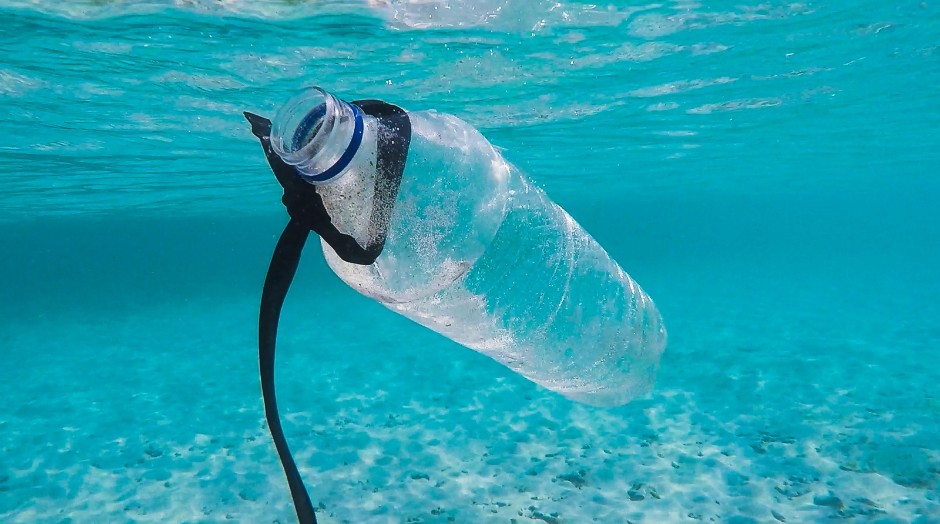
Only 30 per cent of Europe’s plastic is recycled and EU regulations prevent plastic used for non-food packaging being used as food or drink wrapping after recycling.
Recyclable plastic waste must be sorted into food and non-food packaging before it can be recycled for new food and drink packaging products, but the process isn’t widely used and most food and drink packaging uses virgin plastics.
Now, an EU-funded project called Polymark aims to rectify this with an innovative marking and sensor-based sorting system that identifies plastic previously used for food and drink packaging.
‘Our system is 98 per cent efficient. We believe that sensor-based sorting technology is key to enabling a circular economy for plastics,’ said Polymark project coordinator Estela Izquierdo from trade association European Plastic Converters.
The project focused on widely used polyethylene terephthalate (PET), which can easily be recycled into materials such as carpet fibre but could be utilised further thanks to the new system.
As a first step, Polymark scientists created a food and drink container marking and identification system. During manufacture, plastics used for food and drink can be coated with a chemical marker, or the marker can be applied to the product label. The marker does not change the appearance of the packaging but can be detected using optical technology.
Next, researchers developed a machine to detect marked plastics. Plastic bottles and containers pass through a marker-detection unit before being separated into those that have been used for food and drink and those that have not. The detection system uses ultraviolet light and sensitive cameras that can pick up the fluorescent signal in the chemical marker.
The containers identified as food and drink packaging can then be cleaned in normal recycling washing facilities, removing the marker in the process.
The technology is market-ready and the project partners are now participating in a cross-industry effort seeking to harmonise the use of tracer and watermark technologies in the plastic-packaging value chain.
‘Following the successful development of Polymark technology, partners are aiming to develop an industry-supported vision to align on a single global standard or at least a handful of compatible standards for tracer- or marker-based sorting,’ said Izquierdo.
The project initially focused on PET plastics but is aiming to expand to other polymers to ease the sorting process and improve recycling rates.




Poll: Should the UK’s railways be renationalised?
Rail passenger numbers declined from 1.27 million in 1946 to 735,000 in 1994 a fall of 42% over 49 years. In 2019 the last pre-Covid year the number...